|
How to identify correctly a non-electric lamp: The English language creates some confusion calling "oil" both vegetable oil and kerosene. So many colza-oil, spirit or gasoline lamps are mistaken as "kerosene-lamps". The error can lead to severe problems if not the proper fuel is filled in the container of a lamp and the wick soaked with the wrong stuff. Gasoline in a simple kerosene-lamp is just highly explosive! A lamp that doesn't yield the best of it is just a negative image of what non-electric lighting can be. We show here some typical lamps from continental Europe usually mistaken for something else. |
|||||||||||||||||||||||||||||||||||||||||||||||||||||||||||||||||||||||||||||||||||||||||||||||||||||||||||||||||||||||||||||||||||||||||||||||||||||||||||||||||||||||||||||||
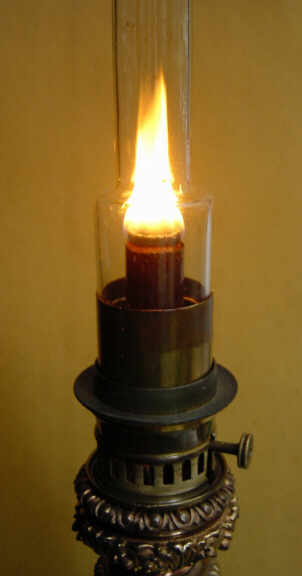 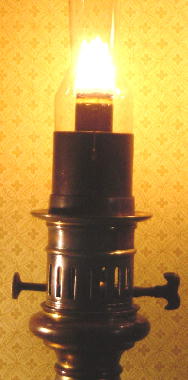 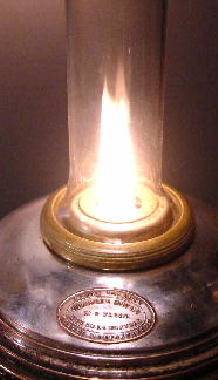 |
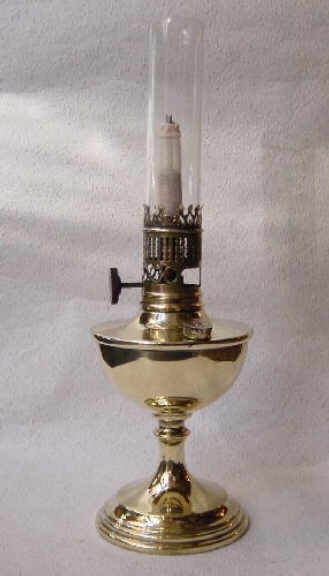 |
 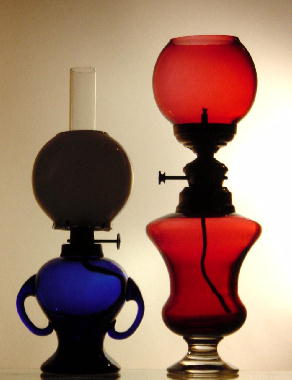 |
 |
||||||||||||||||||||||||||||||||||||||||||||||||||||||||||||||||||||||||||||||||||||||||||||||||||||||||||||||||||||||||||||||||||||||||||||||||||||||||||||||||||||||||||||
| Colza-oil lamps. | A lamp made in two versions: gasoline or spirit. | Miniature lamps for kerosene. | A gasoline-lamp. | ||||||||||||||||||||||||||||||||||||||||||||||||||||||||||||||||||||||||||||||||||||||||||||||||||||||||||||||||||||||||||||||||||||||||||||||||||||||||||||||||||||||||||||
|
How to identify correctly the burner of a kerosene-lamp and be sure that it wasn't "recomposed". The burner of many lamps was damaged, cracked, lost... and it is easy for anybody to "complete" it with any part that "fits", i.e. same thread or same diameter. But it is very important to complete a burner with the original parts or an equivalent. The design of a burner is intended to guide the air flow toward the flame, metal and glass parts shape the flame correctly to obtain light that is as bright and as white as possible. Our special page on kerosene-burners will give you visual information on the most common European burners. Burners designed to have a flame-spreader turn commonly up without. It is important to replace it, and with the proper size at the proper level. Caution: Hybrid reproduction burners are offered today under the name Matador or Odin. They are just basic Kosmos burners with flame-spreaders and a different gallery, but the wick has nothing in common with the original one (different texture and width). The wick-carrier is also missing. It is thus impossible to invert parts of these burners to replace missing ones in original old burners. Incandescent burners for kerosene are less well known than flame-burners and can be mistaken by beginners who try to make them function without a mantle and with a wrong chimney. |
|||||||||||||||||||||||||||||||||||||||||||||||||||||||||||||||||||||||||||||||||||||||||||||||||||||||||||||||||||||||||||||||||||||||||||||||||||||||||||||||||||||||||||||||
|
The size of a burner in "lines".
The old European
lamp smiths' tradition wants that tubular wicks were always measured
folded flat, and the unit was the "line", one twelfth part of an inch. The
inch itself being different from one country to the other, and even from
one county to the other, the "line"-measurements are NOT an exact science.
But the idea is the same, and the dimensions close to each other. |
|||||||||||||||||||||||||||||||||||||||||||||||||||||||||||||||||||||||||||||||||||||||||||||||||||||||||||||||||||||||||||||||||||||||||||||||||||||||||||||||||||||||||||||||
|
The choice of a good wick. Most wicks sold today in hardware-shops or department stores are too stiff to carry fuel easily. The flame isn't fed sufficiently, gives soot and odor and extinguishes soon. Good quality wicks must have a light texture and feel smooth. |
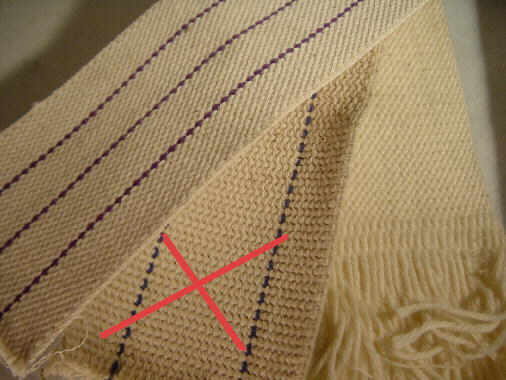 |
||||||||||||||||||||||||||||||||||||||||||||||||||||||||||||||||||||||||||||||||||||||||||||||||||||||||||||||||||||||||||||||||||||||||||||||||||||||||||||||||||||||||||||||
|
The choice of the proper chimney. |
|||||||||||||||||||||||||||||||||||||||||||||||||||||||||||||||||||||||||||||||||||||||||||||||||||||||||||||||||||||||||||||||||||||||||||||||||||||||||||||||||||||||||||||||
|
Once again, the most common error is the use of an improper chimney. In this typical example, the Kosmos-burner is used with a Matador-chimney. The flame can't rise high enough. Even when purchasing a new lamp from a retail-dealer or from an on-line shop, you should check that the lamp is offered with the proper chimney. We frequently see Kosmos-burners shown on catalog-pictures with erroneous (Matador, bulged, etc.) chimneys! |
 |
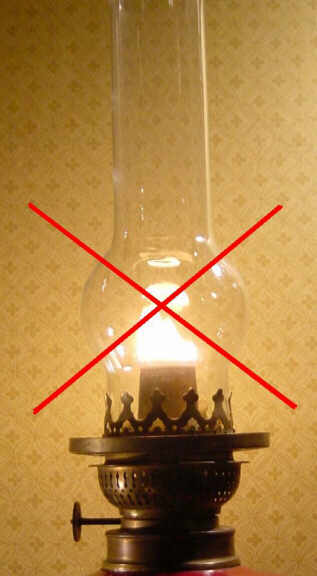 |
|||||||||||||||||||||||||||||||||||||||||||||||||||||||||||||||||||||||||||||||||||||||||||||||||||||||||||||||||||||||||||||||||||||||||||||||||||||||||||||||||||||||||||||
|
Most common European kerosene-burners, chimneys and wicks. All shapes can be seen on the page on kerosene-burners. |
|||||||||||||||||||||||||||||||||||||||||||||||||||||||||||||||||||||||||||||||||||||||||||||||||||||||||||||||||||||||||||||||||||||||||||||||||||||||||||||||||||||||||||||||
|
|||||||||||||||||||||||||||||||||||||||||||||||||||||||||||||||||||||||||||||||||||||||||||||||||||||||||||||||||||||||||||||||||||||||||||||||||||||||||||||||||||||||||||||||